Fiber Versus Wireless Debate is Back at Mountain Connect
Do consumers need fiber to their door? Or would wireless or satellite service suffice?
Teralyn Whipple, Drew Clark
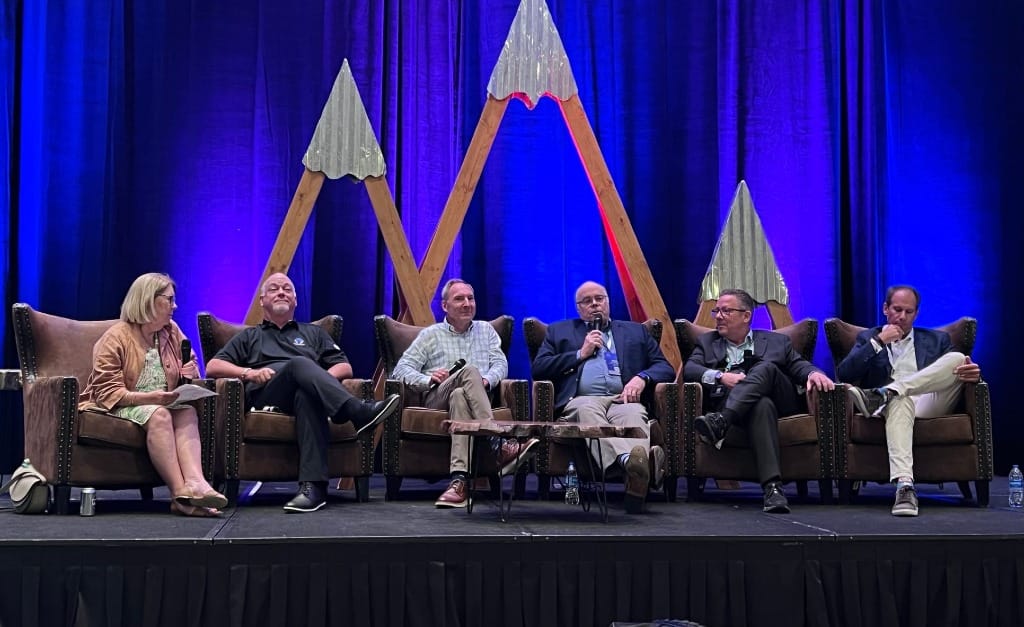
DENVER, August 11, 2024 – Experts disagreed on whether fiber to the home deployments are essential for preparing for the future at the concluding panel at Mountain Connect Wednesday.
The controversial and sometimes-testy back-and-forth between two advocates for fiber-to-the-home deployments, and two advocates for “technological neutrality,” had a renewed relevance. Mountain Connect conferences in 2022 and 2023 were enthusiastically pro-fiber. This year, however, there was renewed attention to the fiber-versus-wireless-versus-satellite debate, with a prominent keynote Tuesday address by SpaceX COO Gwynne Shotwell.
Fiber is the best technology to ensure that unserved and underserved communities of the United States have access to high-speed internet services, said Gary Bolton, president and CEO of the Fiber Broadband Association, a fiber trade group.
“Everyone deserves fiber,” said Bolton, clarifying that he was referring to fiber-specific connection, not simply access to high speed internet through other technologies. He argued that fiber will enable future technologies that the United States is on the precipice of exploring.
“We are on the verge of a major paradigm shift as we get into quantum networking and artificial intelligence,” said Bolton. “If you are going to be stuck on something other than an infrastructure that can give you limitless capacity, then you are going to be on the wrong side of the metaverse,” referring to the implementation of artificial intelligence into virtual realities.
According to Bolton, limiting homes on network speeds will lessen future opportunities for these populations, often rural or low-income.
But David Zumwalt, CEO of the wireless internet service providers association WISPA – Broadband Without Boundaries, argued that consumers do not need fiber connections to their homes, particularly in rural areas with high costs of deployment.
The issue is “serving the served and the underserved and the unserved with money we don’t have when other technologies can solve that problem and we can grow into what the future means,” said Zumwalt.
He added that while fiber is essential for middle mile deployments, that it is not cost-effective to build fiber to every front door.
“When you are spending your own money or you are deploying money that you are getting from the government, you want to be able to do it in a commercially reasonable way with proper stewardship,” said Zumwalt, adding that the National Telecommunications and Information Administration’s Broadband Equity, Access and Deployment program does not have enough funds to support fiber builds to every unserved address in the country.
Kevin Morgan, chief marketing officer of fiber equipment provider Clearfield, added that fiber has the lowest cost per gigabit and cost to operate among high-speed internet technologies. Most of the cost of fiber is the initial deployment cost, he said, claiming that customers are often happy to pay the extra cost for faster internet speeds.
Furthermore, innovations in the space have intimated many of the labor cost needs when deploying fiber, and Morgan expects the innovations to continue to improve the cost of fiber.
Zev Suissa, chief growth officer ar X-lumin, joined Zumwalt in arguing that federal programs like the BEAD program should be technology agnostic, meaning not showing preference for a particular technology in buildouts. X-Lumin is leveraging the breakthrough advances in laser communication to support municipalities.
The issue is getting every American connected to the internet, not to get every American a fiber connection, said Suissa. “I think the technology should be agnostic for this overall mission. If it’s broadband for all, if it’s digital equity, it doesn’t matter how they are connected.”
In June, the Fiber Broadband Association released a report that found that fiber is the fastest-growing fixed communication network technology in the nation’s history. “There is now a consensus that fiber is the fundamental communications infrastructure for all 21st Century communications networks,” the trade group said in their filing.
The debate between fiber and other technologies is strong, particularly in regard to federal funding programs and how the government should regulate the technology being used for the programs.



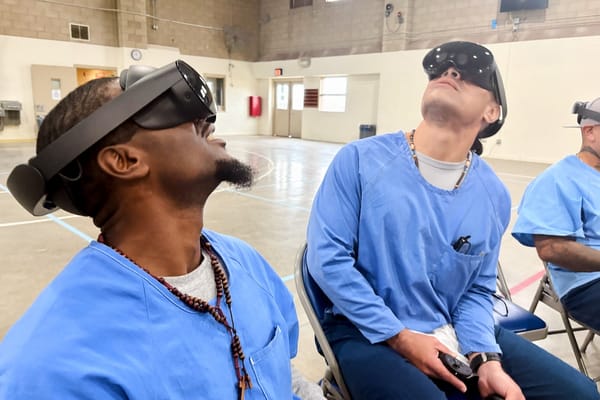
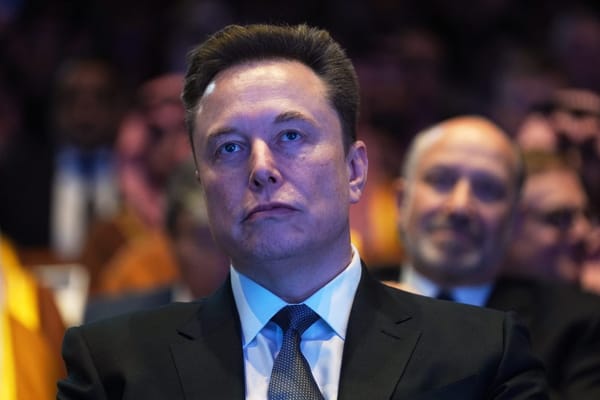
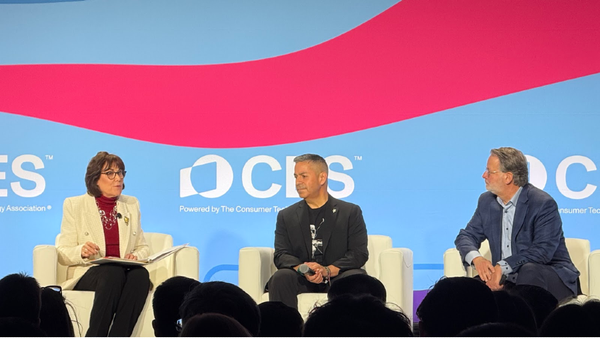

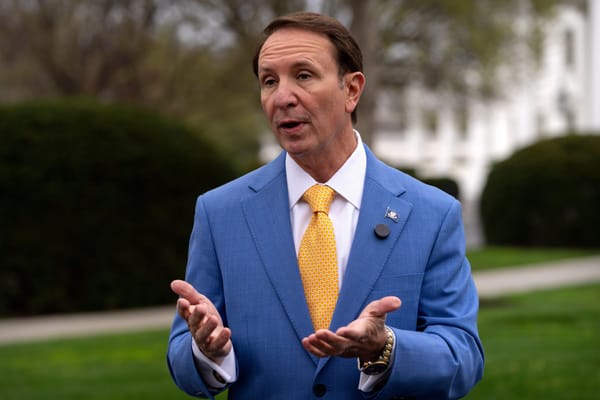



Member discussion